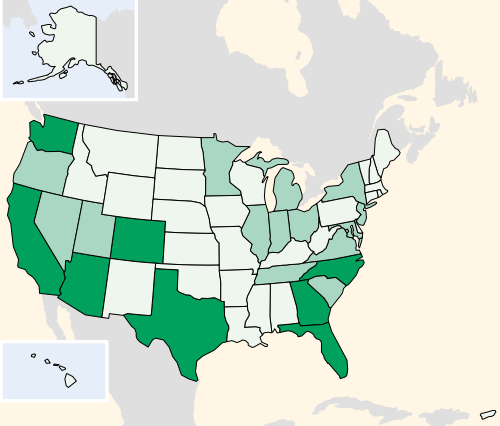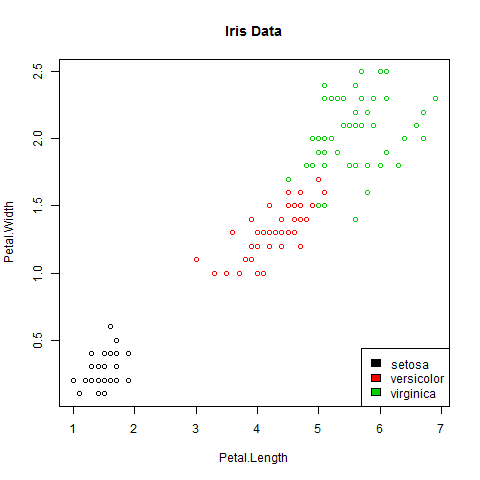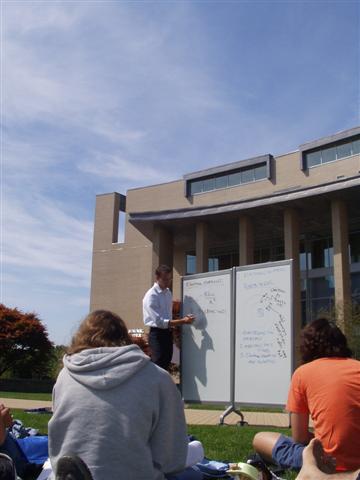Today I ran into a double question that might be relevant to other R users:
Why can’t I assign a dataframe row into a matrix row?
And why won’t my function accept this dataframe row as an input argument?
A single row of a dataframe is a one-row dataframe, i.e. a list, not a vector. R won’t automatically treat dataframe rows as vectors, because a dataframe’s columns can be of different types. So converting them to a vector (which must be all of a single type) would be tricky to generalize.
But if in your case you know all your columns are numeric (no characters, factors, etc), you can convert it to a numeric matrix yourself, using the as.matrix() function, and then treat its rows as vectors.
> # Create a simple dataframe
> # and an empty matrix of the same size
> my.df <- data.frame(x=1:2, y=3:4)
> my.df
x y
1 1 3
2 2 4
> dim(my.df)
[1] 2 2
> my.matrix <- matrix(0, nrow=2, ncol=2)
> my.matrix
[,1] [,2]
[1,] 0 0
[2,] 0 0
> dim(my.matrix)
[1] 2 2
>
> # Try assigning a row of my.df into a row of my.matrix
> my.matrix[1,] <- my.df[1,]
> my.matrix
[[1]]
[1] 1
[[2]]
[1] 0
[[3]]
[1] 3
[[4]]
[1] 0
> dim(my.matrix)
NULL
> # my.matrix became a list!
>
> # Convert my.df to a matrix first
> # before assigning its rows into my.matrix
> my.matrix <- matrix(0, nrow=2, ncol=2)
> my.matrix[1,] <- as.matrix(my.df)[1,]
> my.matrix
[,1] [,2]
[1,] 1 3
[2,] 0 0
> dim(my.matrix)
[1] 2 2
> # Now it works.
>
> # Try using a row of my.df as input argument
> # into a function that requires a vector,
> # for example stem-and-leaf-plot:
> stem(my.df[1,])
Error in stem(my.df[1, ]) : 'x' must be numeric
> # Fails because my.df[1,] is a list, not a vector.
> # Convert to matrix before taking the row:
> stem(as.matrix(my.df)[1,])
The decimal point is at the |
1 | 0
1 |
2 |
2 |
3 | 0
> # Now it works.
For clarifying dataframes vs matrices vs arrays, I found this link quite useful:
http://faculty.nps.edu/sebuttre/home/R/matrices.html#DataFrames






